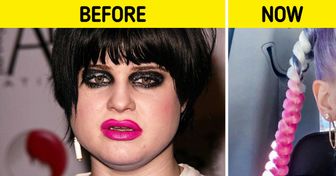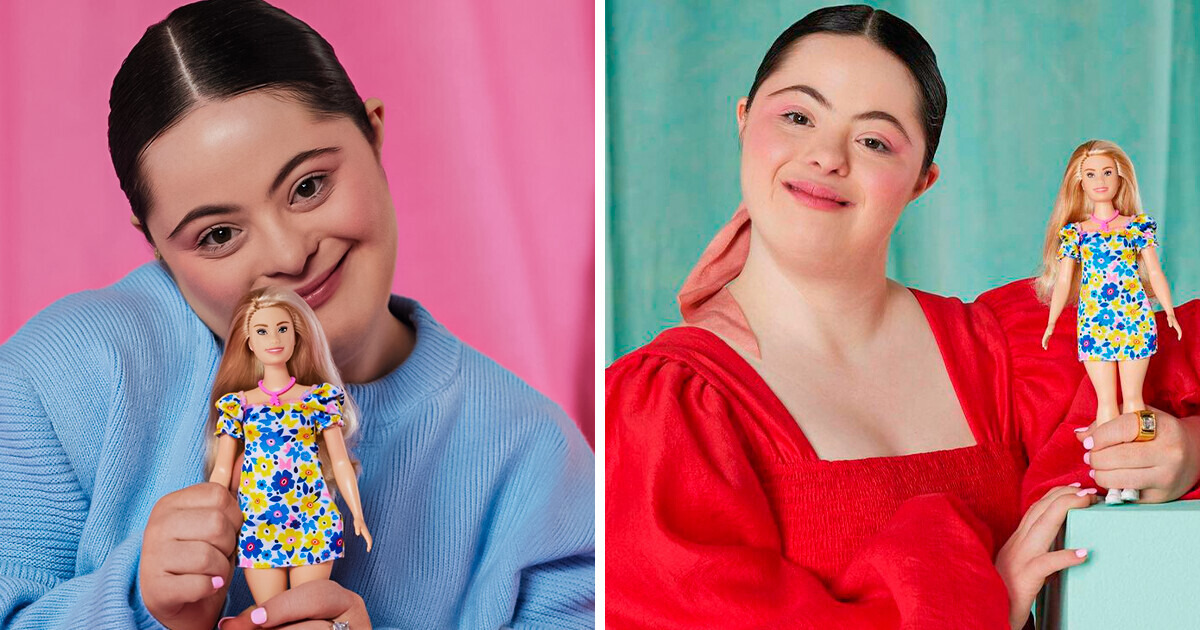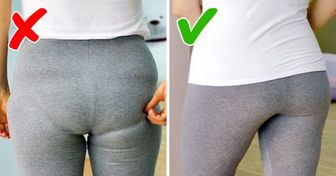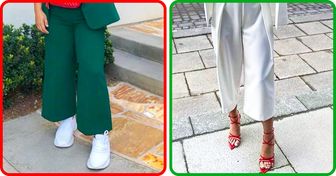13 Celebrities Who Underwent a Radical Makeover


Barbie has held numerous professions over the years, but her first job was as a teenage fashion model. With her perfect body type, some have asked for a more realistic representation of the iconic doll. As a result, Mattel has introduced a range of diverse versions, including one with Down syndrome. Learn more about the evolution of Barbie and the brand’s efforts toward inclusivity in this article.
Jack Ryan, an engineer who worked at the Pentagon, had a passion for creating top-quality and highly functional toys. His expertise and skills caught the attention of Mattel, who hired him to design their new doll, Barbie.
Ryan’s innovative design included movable knee joints and a twisting waist, which allowed Barbie to strike a range of poses and positions. The iconic doll stands at an impressive 5’9″ tall and features a 39″ bust, an 18″ waist, 33″ hips, and size 3 shoes.
According to a study at the University of South Australia, achieving Barbie’s body shape is incredibly rare, with only one in 100,000 women or girls having a similar physique. In addition, maintaining a Barbie-esque body could result in losing 17 to 22% of the body fat needed for menstruation. This has led to concerns about the unrealistic and potentially harmful body standards perpetuated by the iconic doll.
In response to that, Mattel has begun producing dolls in various versions to better reflect the experiences and identities of different individuals, including those with disabilities. This has helped to make the brand more inclusive and relatable to a wider audience.
Mattel has a long history of attempting to make the iconic doll more diverse and inclusive. In the 1980s, the company produced a Hispanic version of Barbie, but it wasn’t until 2016 that they made a major change in terms of body-type representation. Barbie was then featured on the cover of Time magazine, breaking away from the traditional thin and tall model that had been the norm for decades.
Now, in 2023, Mattel has announced the release of a new Barbie with Down syndrome, continuing the brand’s efforts to create dolls that better reflect the identities of diverse individuals. This new addition to the Barbie line is a significant step forward for disability representation in mainstream media.
Mattel’s Barbie doll with Down syndrome was created in collaboration with the US National Down Syndrome Society (NDSS). The doll wears a dress in yellow and blue, representing Down syndrome awareness, and a pink necklace with 3 upward chevrons. The doll also wears pink foot orthotics, which many people with Down syndrome wear.
This new Barbie also collaborated with Ellie Goldstein, a model with Down syndrome, for her introduction to the world.











